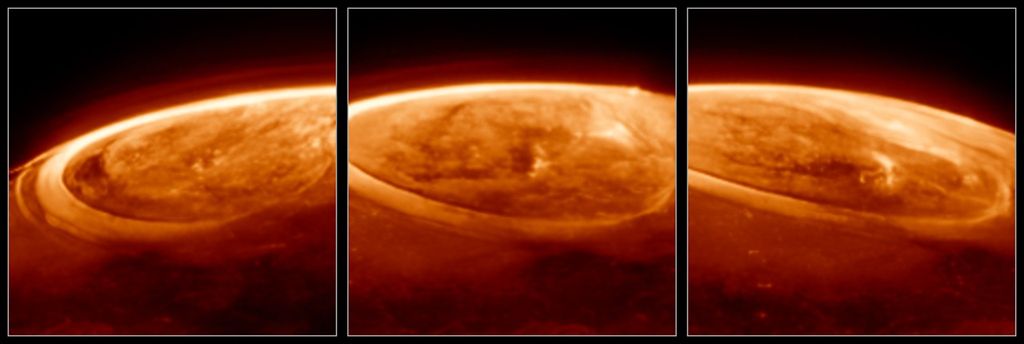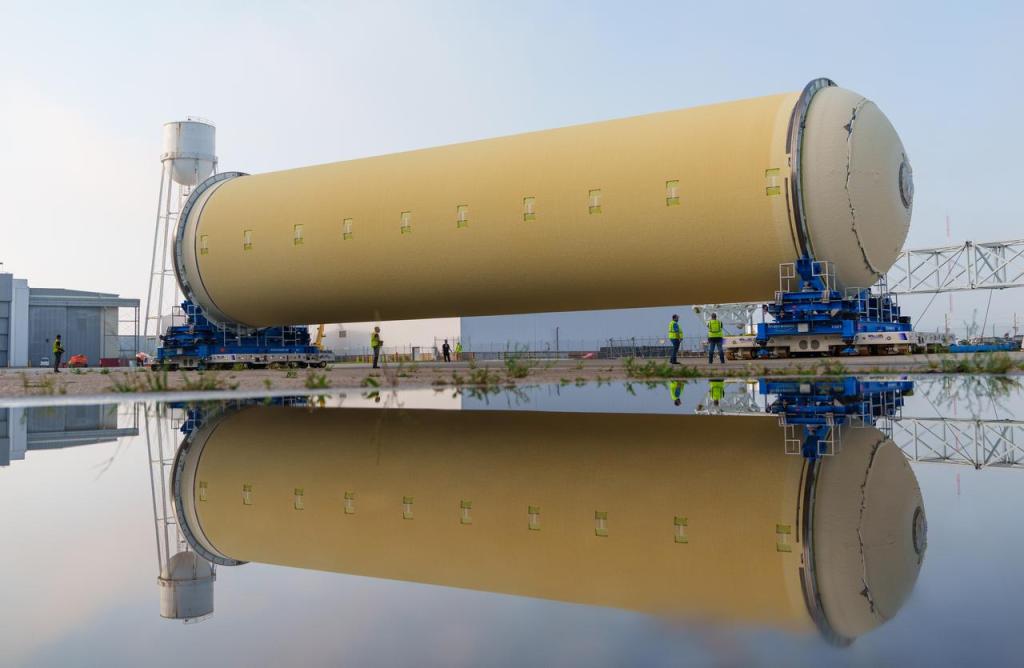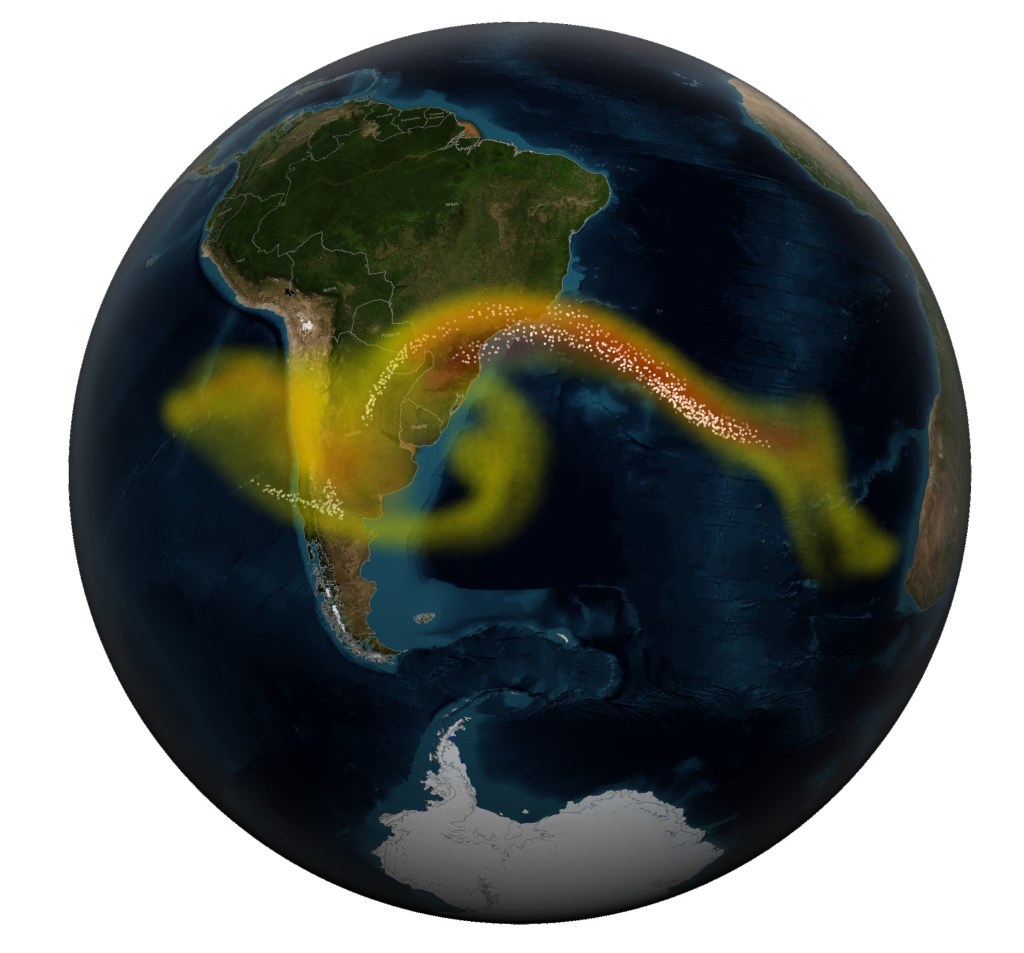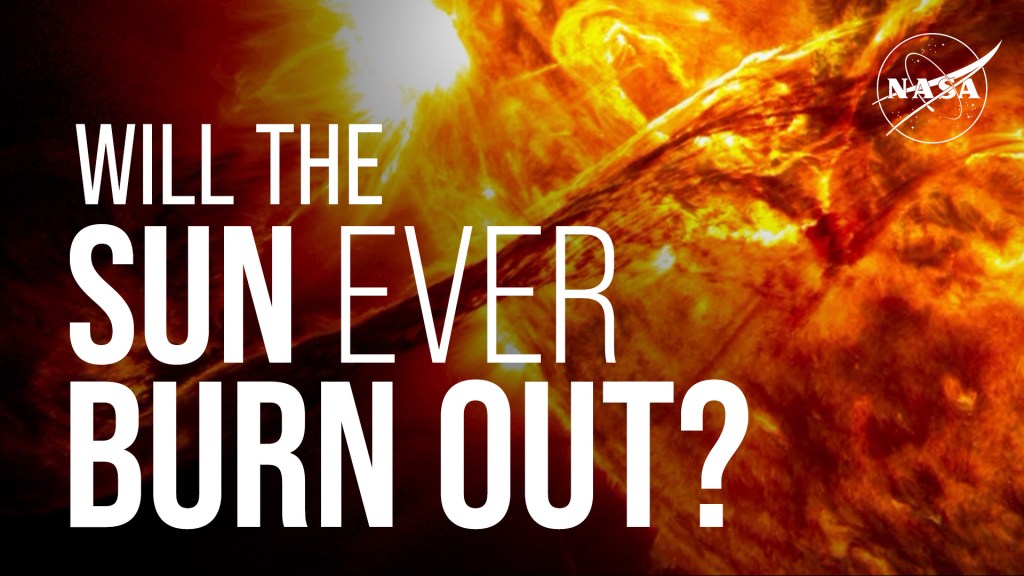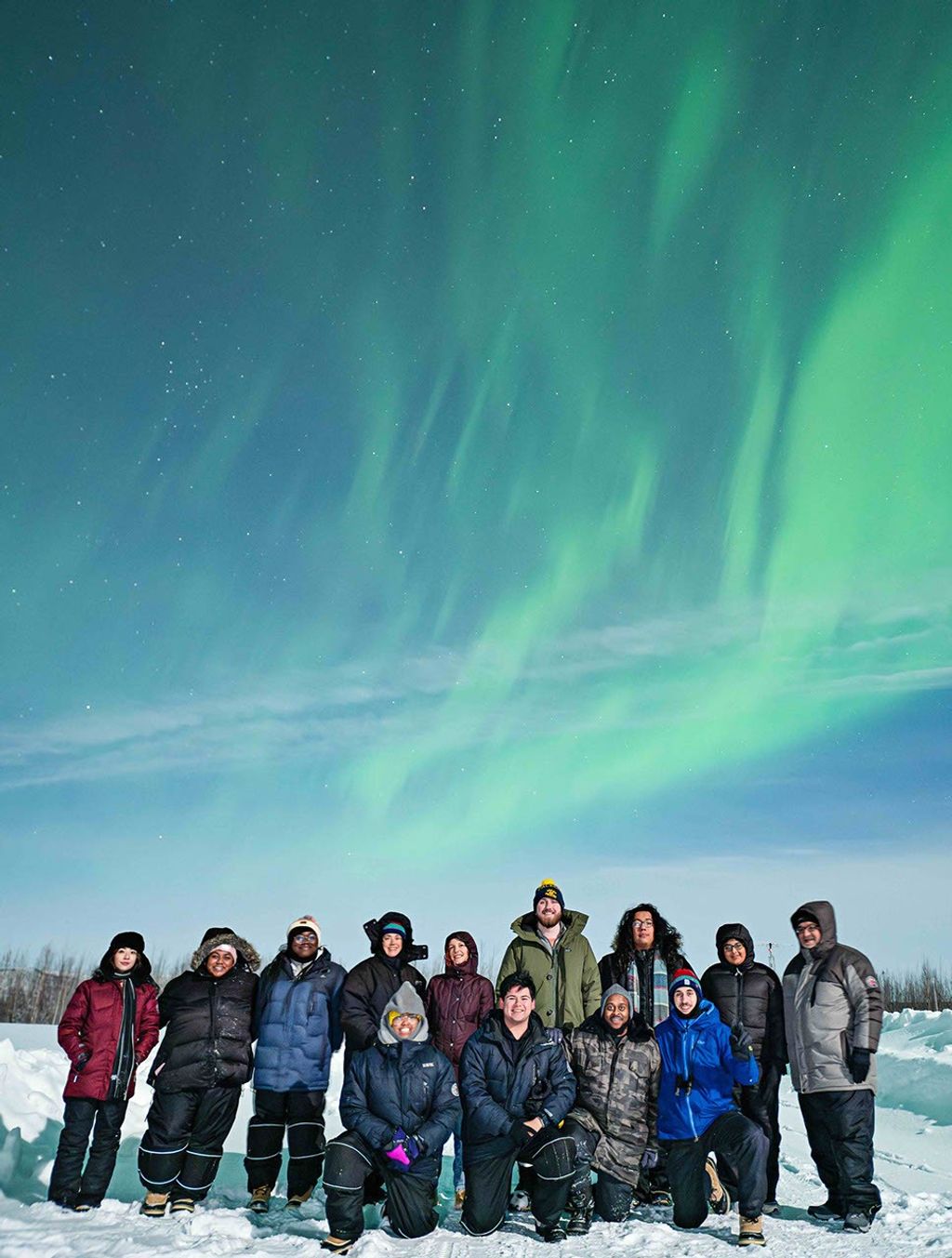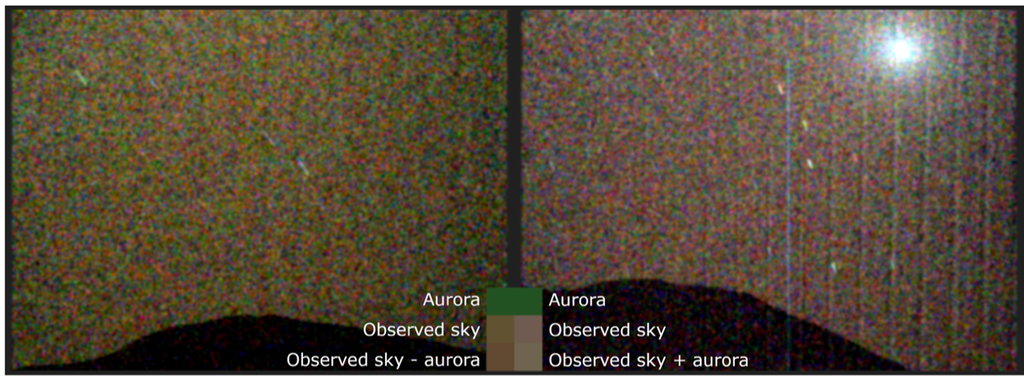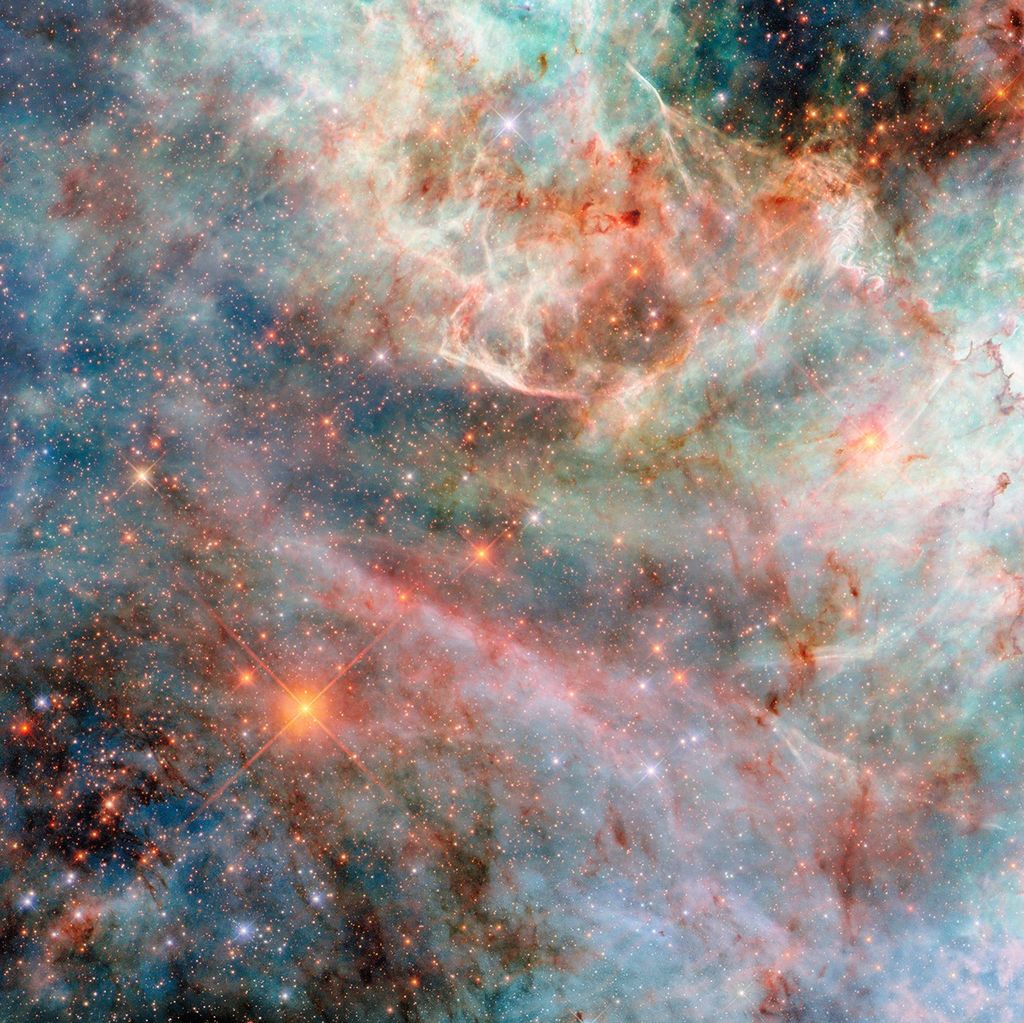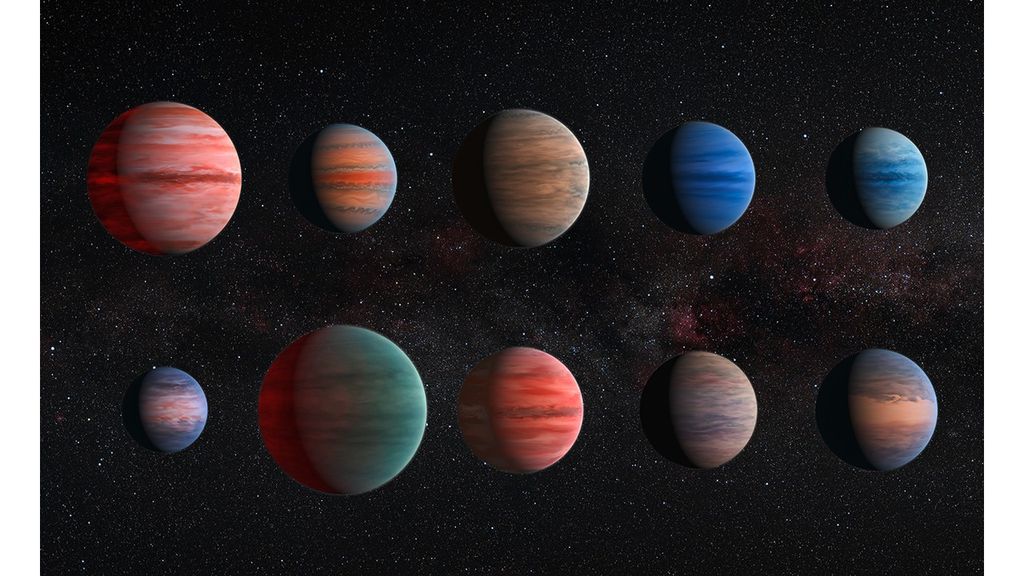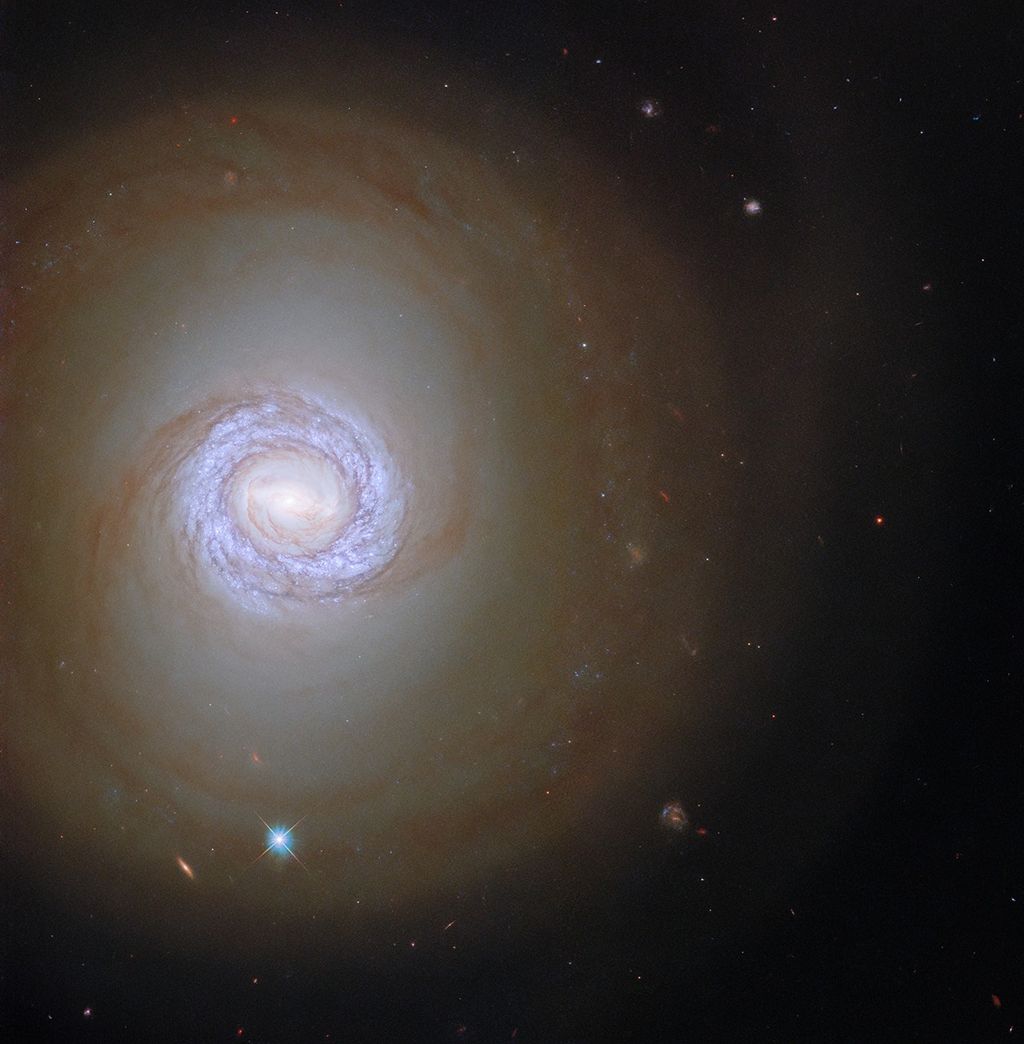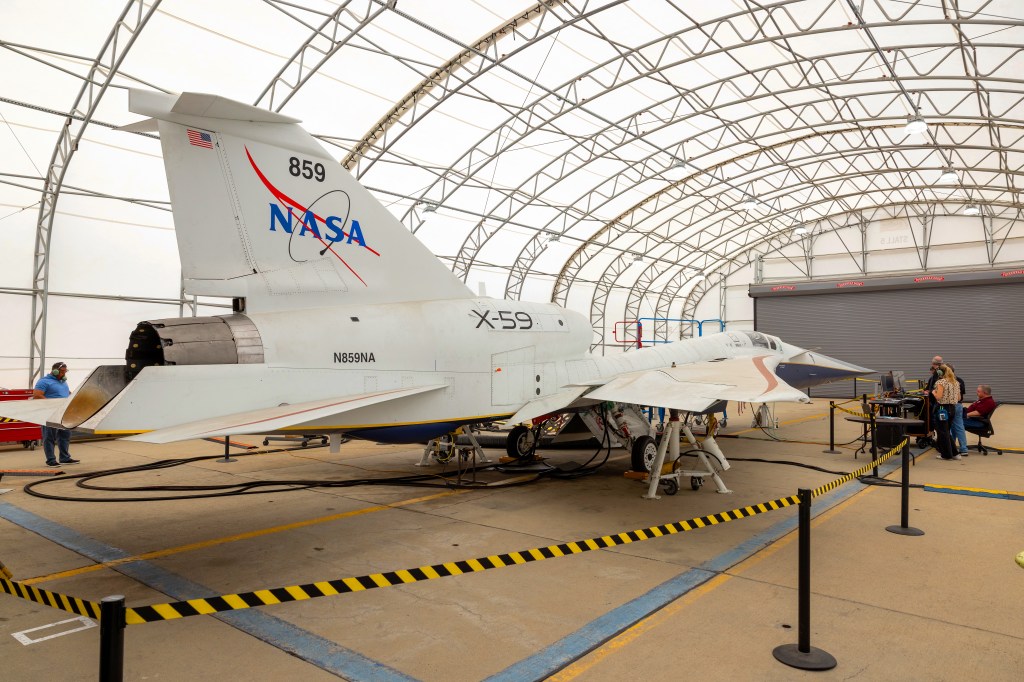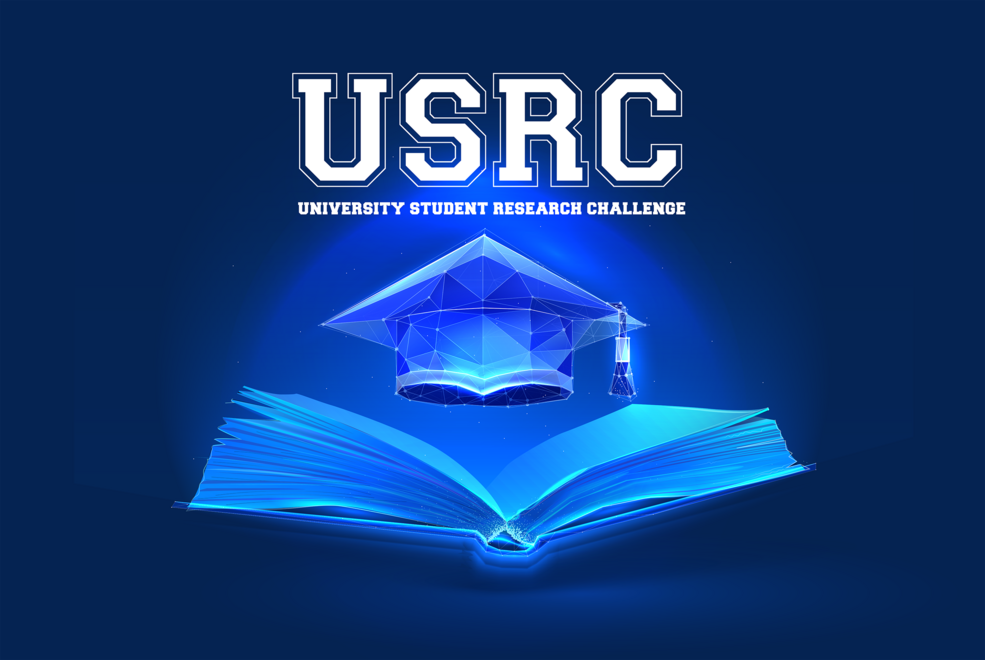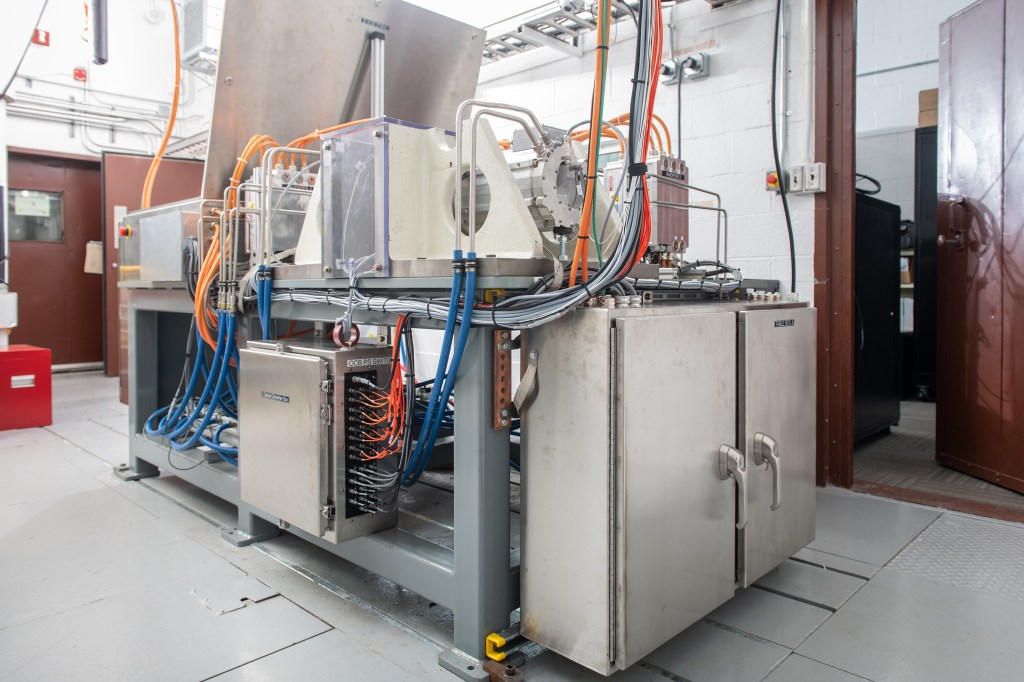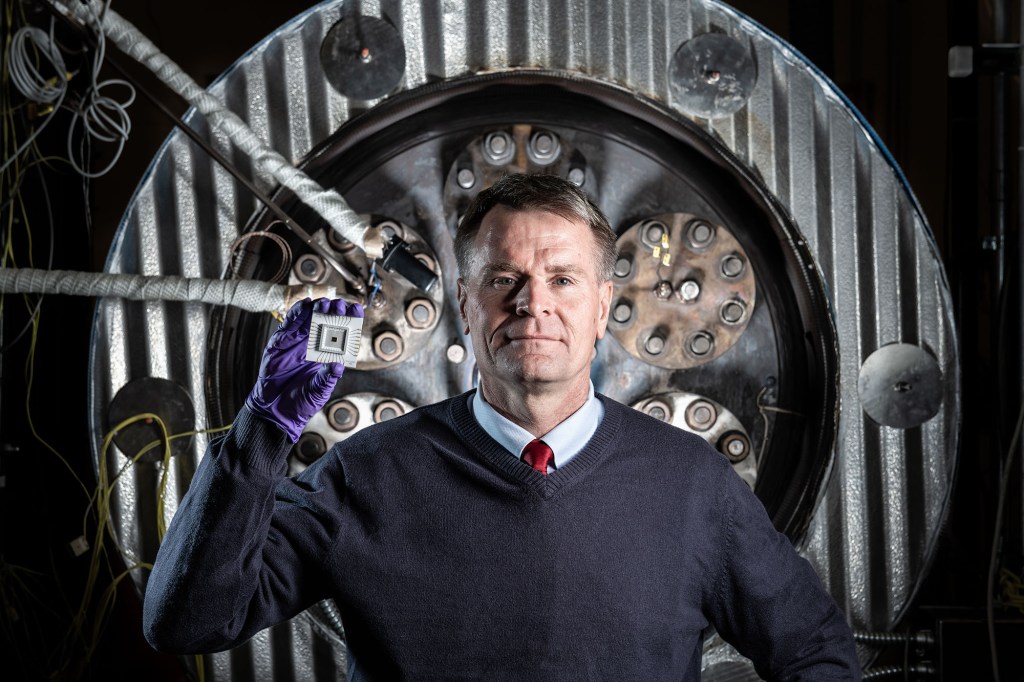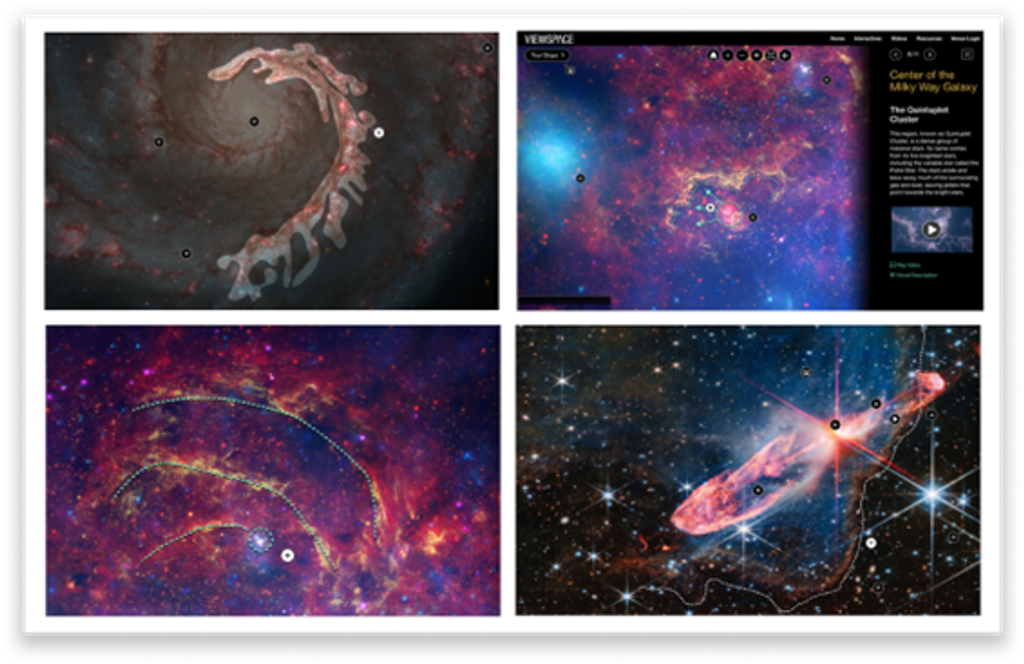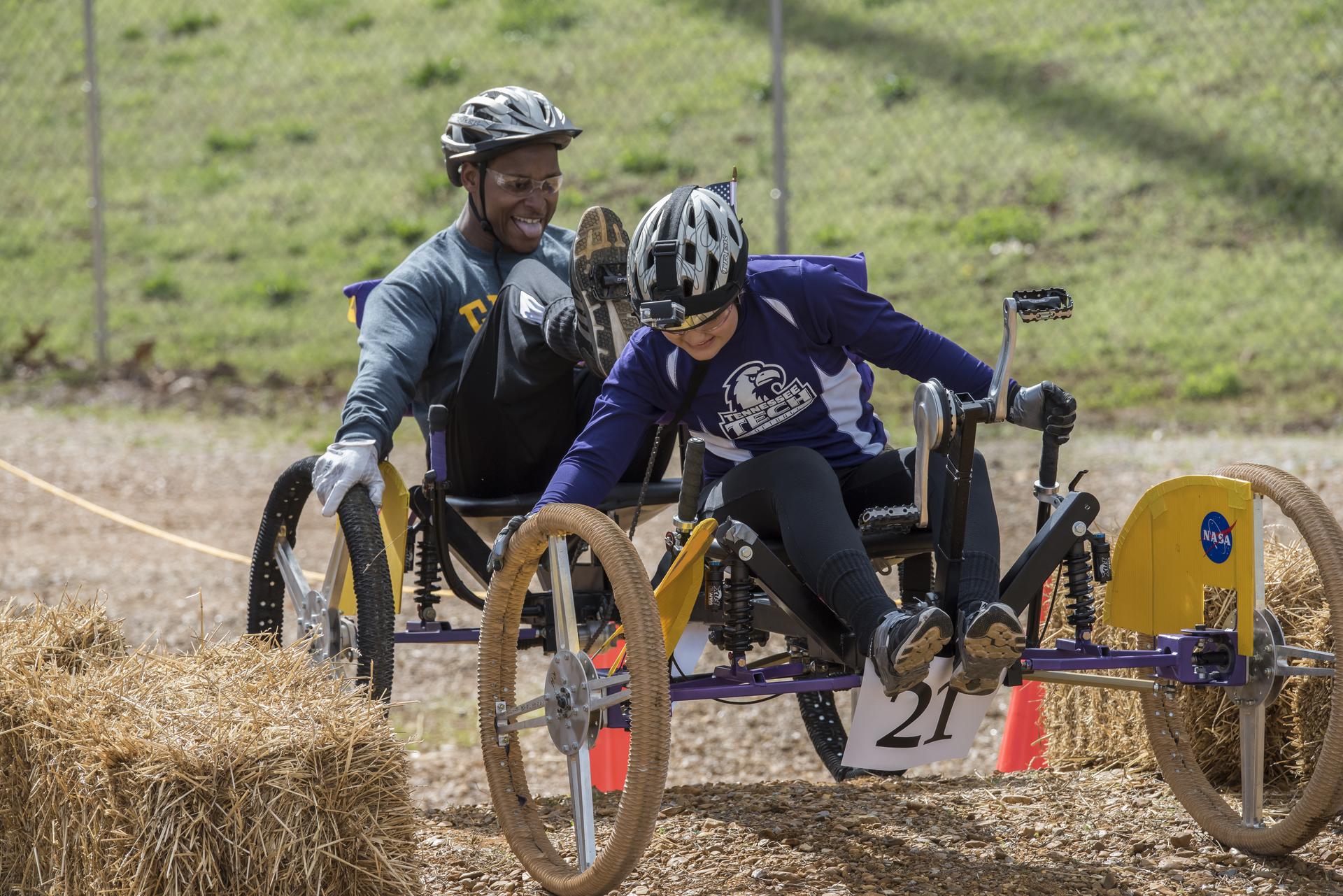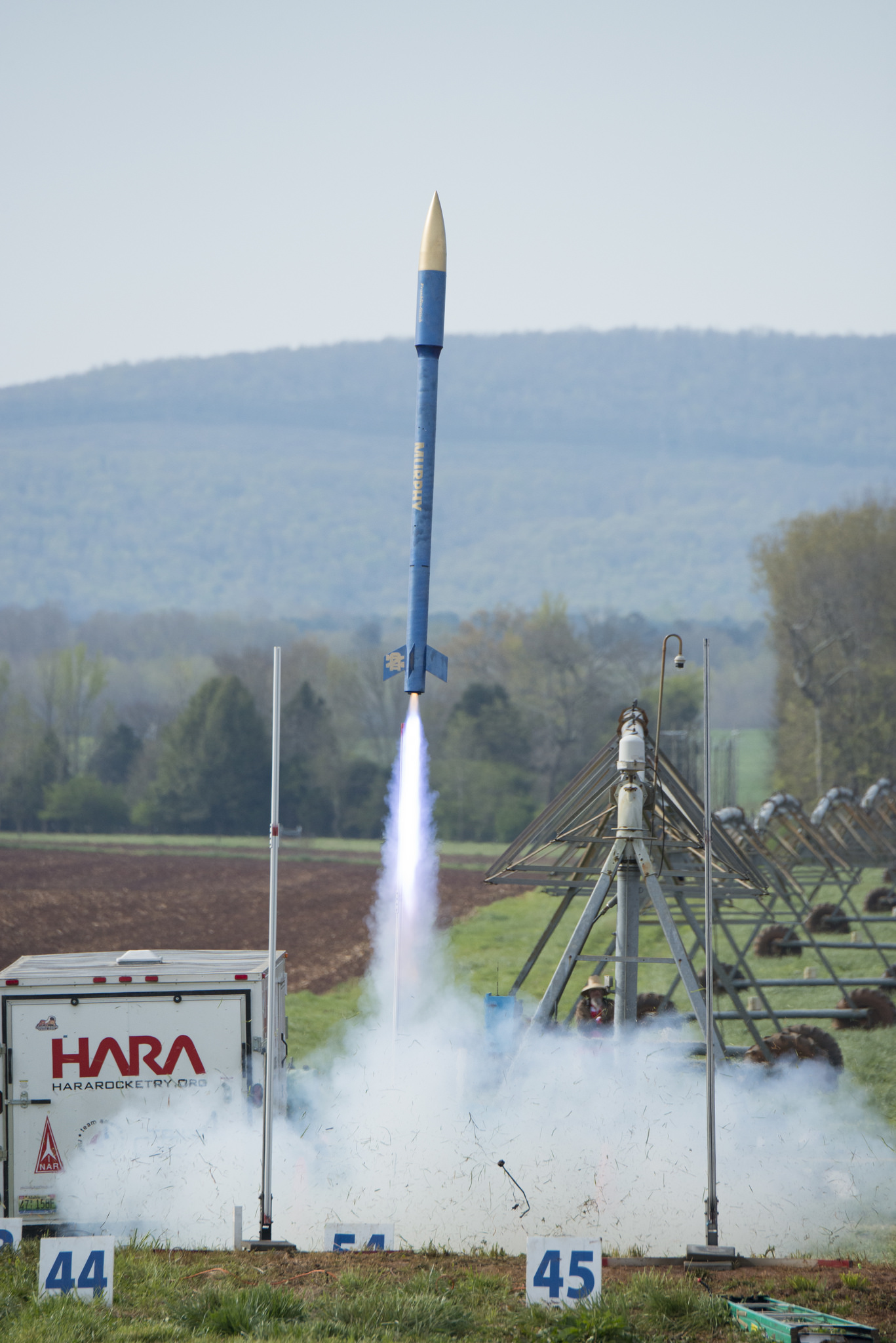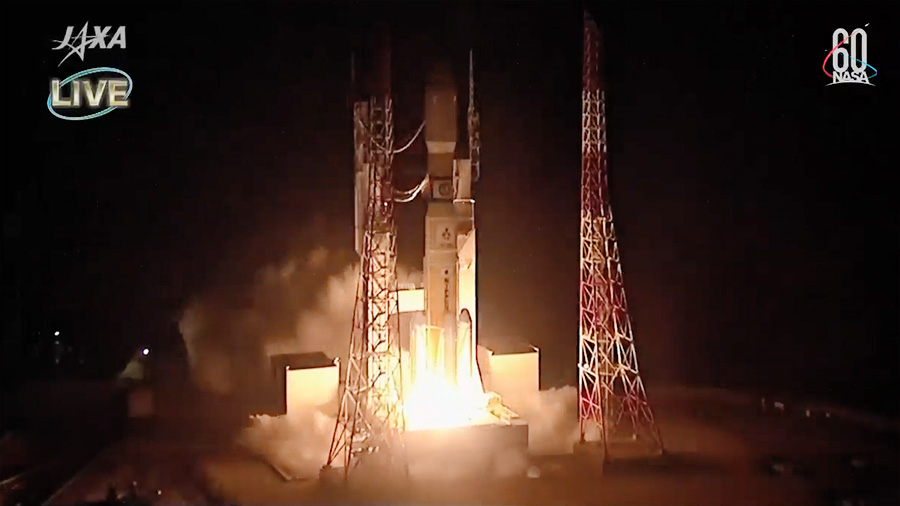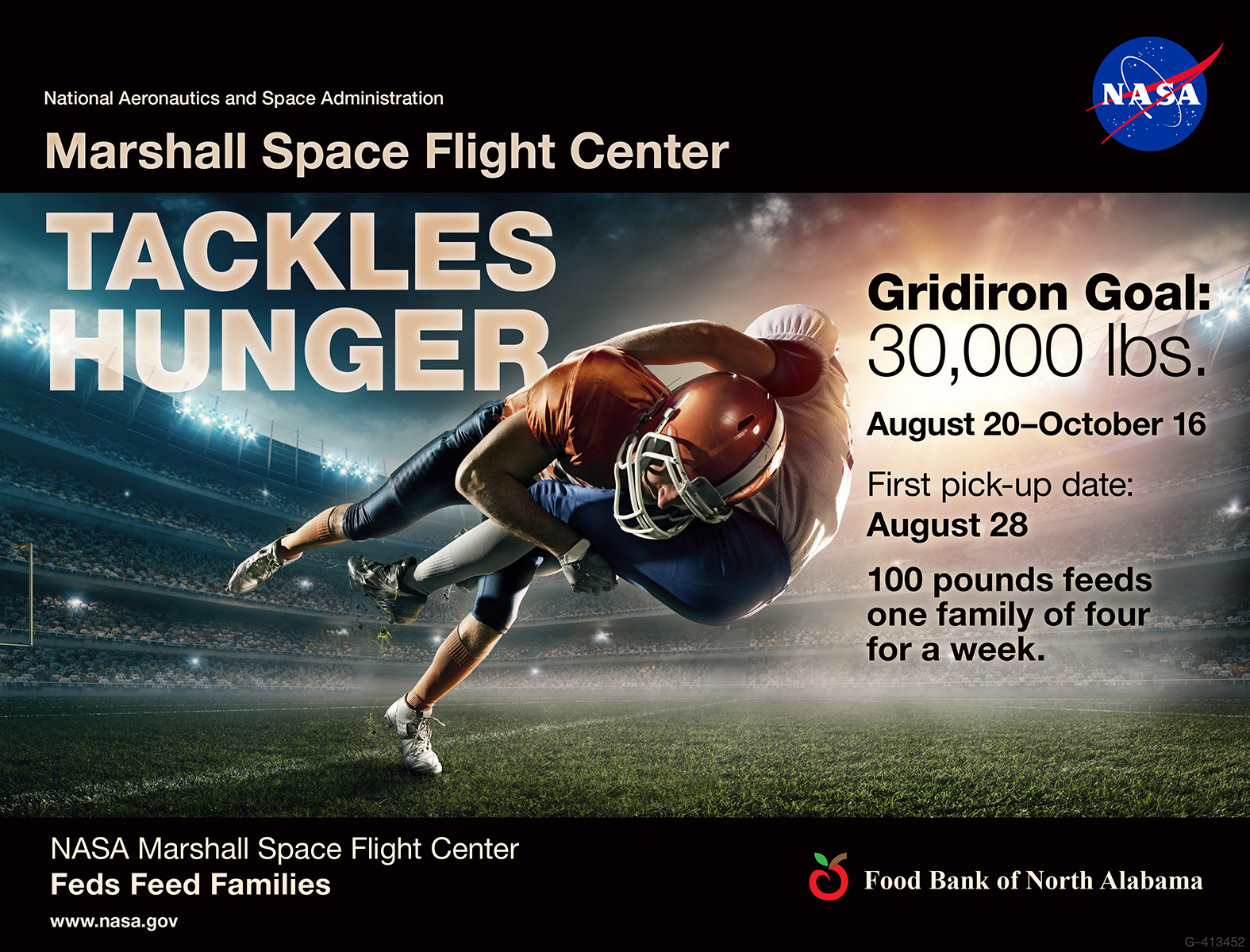In This Week’s Star
- NASA Opens Registration for 25th Human Exploration Rover Challenge
- NASA Names the Rocketeers: 2019 Student Launch Teams Announced
- Space Station Crew Readies for Glovebox Installation Oct. 30
- Combined Federal Campaign Kickoff Oct.16
- International Space Station Expedition 56 Crew Returns Safely to Earth
- Marshall Tackles Hunger with Feds Feeds Families Campaign
- U.S. Secretary of Education Betsy DeVos visits Marshall, Space & Rocket Center
- This Week in NASA History: 50th Anniversary of the Apollo 7 Launch – Oct. 11, 1968
NASA Opens Registration for 25th Human Exploration Rover Challenge
By Amanda Adams
Registration will open Oct. 11 for student teams to participate in the 2019 NASA Human Exploration Rover Challenge, organized by NASA’s Marshall Space Flight Center. The challenge, celebrating its 25th year, will take place April 12-13, 2019, at the U.S. Space & Rocket Center in Huntsville. Registration for international teams will close Dec. 13; U.S. team registration closes Jan. 17.
Rover Challenge continues the agency’s legacy of providing valuable experience to students who, someday, may be responsible for planning future space missions, including crewed missions to other worlds. Students from high schools, colleges and universities around the world design, engineer and test a human-powered rover. Once their rover is built, teams attempt to traverse a nearly three-quarter-mile course with grueling obstacles that simulate terrain found on Mars, as well as other planets, moons and asteroids throughout the solar system.
Guided by a theme of overcoming the problems of planetary exploration, the Human Exploration Rover Challenge implemented significant changes beginning in 2018. The event is no longer dominated by an all-out race across difficult terrain. Instead, the challenge now mimics the opportunities, challenges and decision-making that our future planetary explorers will face in interplanetary space.
“We are excited to celebrate 25 years of the Human Exploration Rover Challenge,” said Diedra Williams, education specialist in Marshall’s Academic Affairs Office. “Last year’s changes brought a whole new level of strategy and excitement to the challenge and we can’t wait to see what teams will come up with this year to improve their design to meet the new format.”
For questions regarding U.S. and international team registration, please contact MSFC-RoverChallenge2019@mail.nasa.gov.
Adams, an ASRC Federal/Analytical Services employee, supports the Office of Strategic Analysis & Communications.
NASA Names the Rocketeers: 2019 Student Launch Teams Announced
By Will Bryan
If you talk to any athlete or sports fan, they will tell you that one of the most exciting yet nerve-wracking days of the year is when the teams who will battle for the big prize are announced. Teams who submitted proposals to compete in the 2019 NASA Student Launch competition feel that same excitement and nervousness.
Two weeks after submitting proposals, the rocketeers for the 2019 competition have been selected. The challenge — to be held near NASA’s Marshall Space Flight Center on April 4-6, 2019 — features 52 middle school, high school and college teams from 21 states.
“There were many good proposals this year, and the teams’ approaches to the new challenges were quite original and creative,” said Katie Wallace, the Student Launch program manager. “We are excited to see the proposal designs evolve into hardware that may lay the groundwork for NASA scientific or engineering payloads on future exploration missions with NASA’s Space Launch System rocket.”
One change in the 2019 competition involves the altitude award criteria. Instead of aiming to be the closest to one mile above ground level as the rule has been in past years, this year teams are challenged to “call their shot” and predict before launch day how high their rocket will fly. To earn altitude award points, the rockets must fly at least 3,500 feet, but not over 6,000 feet.
Just as teams score points for predicting their altitudes, they also score points with their payload — a critical aspect to any rocket launch and mission. College teams must select one of two payload options: a deployable rover with a robotic arm to perform a soil sample collection or a deployable unmanned aerial vehicle that flies to a designated target after the rocket completes its flight. Both the rover and the unmanned aerial vehicle must remain stowed in the rocket until it lands following its flight.
Middle school and high school teams can select one of the college payloads or propose one of their own. Last year, the team from Cedar Falls High School from Cedar Falls, Iowa, for example, proposed a parafoil vehicle that deploys from the rocket during the rocket’s descent. Parafoils — currently used in sports like skydiving and kite surfing — provide more control than traditional parachutes. The team’s goal is to test the viability of the parafoil retrieval system to safely land rockets and other components in a specific spot with a high degree of accuracy.
Now in its 19th year of competition, Student Launch challenges teams to design, build, test and fly a reusable, high-powered rocket carrying a payload that meets the guidelines outlined in the handbook. Teams were chosen by a team of NASA experts based on descriptions of their rocket, its recovery system, payload, safety and educational engagement plans.
The teams will go through an eight-month design, build, test and review process that requires them to meet multiple design and documentation milestones. At each of those milestones, they will present their work to a NASA team of rocketry experts who will help ensure the teams are making proper progress. The system resembles the real-world process of rocket development.
The Academic Affairs Office at Marshall manages Student Launch to advance NASA’s mission through the collaboration with educational institutions and students. NASA’s Human Exploration and Operations Mission Directorate and the Office of STEM Engagement, as well as Northrop Grumman Corporation of Los Angeles and the Huntsville chapter of the National Space Club, provide funding and leadership for the initiative.
Bryan, an ASRC Federal/Analytical Services employee, supports the Office of Strategic Analysis & Communications.
Space Station Crew Readies for Glovebox Installation Oct. 30
By Rick Smith
Following its successful arrival at the International Space Station Sept. 27, the Japan Aerospace Exploration Agency’s HTV-7 cargo resupply vehicle was unloaded Oct. 1 by the space station crew. They’re now readying the new Life Sciences Glovebox experiment facility for its scheduled Oct. 30 installation in its permanent station berth.
Managed for the agency by NASA’s Marshall Space Flight Center, the fully enclosed glovebox will enable a variety of new biological and physiological studies, including promising research into microgravity’s long-term impact on the human body.
“This versatile facility not only will help us better protect explorers on long voyages into deep space but could aid medical and scientific advances benefiting the whole world,” said Yancy Young, glovebox project manager at Marshall.
Science experiments using the glovebox are set to begin in late December. Its first scheduled research effort is likely to be the “Micro-14” experiment, characterizing spaceflight effects on the fungi Candida albicans. Sheila Nielsen, principal investigator for the study at Montana State University in Bozeman, leads the effort to assess the effects of microgravity on this opportunistic fungi, which can proliferate in the human mouth and intestinal tract and cause mild to serious local and systemic infection. Scientists hope glovebox-assisted study of the fungi will help determine new means to fight such infections.
Expedition 56 formally concluded Oct. 3, when Expedition 56 Commander A.J. Feustel handed over command of the station to crewmate Alexander Gerst of the European Space Agency. NASA astronauts Feustel and Ricky Arnold and their Russian crewmate Oleg Artemyev then boarded the Soyuz spacecraft and returned to Earth, landing safely near Kazakhstan.
Gerst will oversee Expedition 57 along with current crewmates Serena Aunon-Chancellor of NASA and Sergey Prokopyev of Roscosmos. They will be joined by NASA astronaut Nick Hague and Roscosmos’ Alexey Ovchinin, who are set to launch via Soyuz Oct. 11 from the Baikonur Cosmodrome in Kazakhstan.
Learn more about the work of the Life Sciences Glovebox and its counterpart, the Microgravity Science Glovebox, in this new NASA ScienceCast blog entry.
Smith, an ASRC Federal/Analytical Services employee, supports the Office of Strategic Analysis & Communications.
Combined Federal Campaign Kickoff Oct.16
NASA’s Marshall Space Flight Center will host a kickoff event and charity fair for the 2018 Combined Federal Campaign — an annual fundraising drive — on Oct. 16, from 1-2 p.m. in the Activities Building 4316. The fair, featuring 40 charity organizations designated to receive funds from this year’s drive, will be from 11:30 a.m.-1 p.m. and 2-4:30 p.m.
The 2018 campaign — themed “Show Some Love” — is open through Jan. 11, 2019. It provides ways for employees to give back to charities that are important to them.
Employees wishing to donate can use the U.S. Office of Personnel Management’s centralized donation platform website unveiled last year. Payroll deduction pledges can also be made on the platform. For employees wishing to mail in their donations using check, money order or credit/debit cards, paper pledge forms can be downloaded on the CFC’s main website and mailed to:
CFC Processing Center
P.O. Box 7820
Madison, WI 53707-7820
In 2018, Marshall employees donated more than $400,000 to charities through the campaign.
International Space Station Expedition 56 Crew Returns Safely to Earth
Three crew members who have been living and working aboard the International Space Station landed safely in Kazakhstan on Oct. 4.
Expedition 56 commander Drew Feustel and flight engineer Ricky Arnold of NASA, along with flight engineer and Soyuz commander Oleg Artemyev of the Russian space agency, Roscosmos, landed at 6:44 a.m. CDT and 5:44 p.m. local time in the remote town of Dzhezkazgan, Kazakhstan.
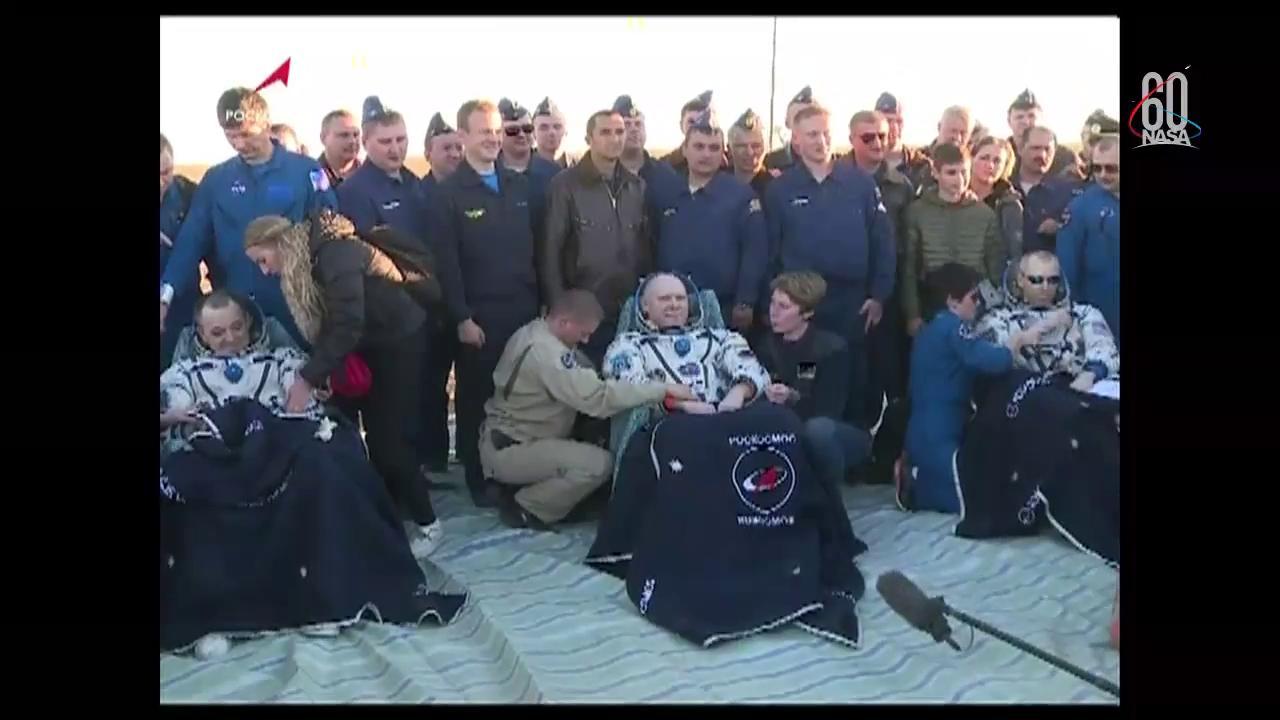
The crew completed hundreds of experiments during its 197-day expedition. Highlights included an investigation to study ultra-cold quantum gases using the first commercial European facility for microgravity research and a system that uses surface forces to accomplish liquid-liquid separation. All of the investigations were managed by the Payload Operations Integration team at NASA’s Marshall Space Flight Center.
The crew also welcomed five cargo spacecraft that delivered several tons of supplies and research experiments during their time on station. Both Feustel and Arnold participated in dozens of educational events while in space as part of NASA’s Year of Education on Station, reaching more than 200,000 students in 29 states. Feustel has now logged more than 226 days in space on three spaceflights, and Arnold more than 209 days on two missions.
The duo ventured outside the space station on three spacewalks to perform maintenance and upgrades during Expeditions 55 and 56. Their work included replacing and upgrading external cameras, including those that will facilitate the approach and docking of the Boeing Starliner and SpaceX Crew Dragon commercial crew spacecraft when they begin launching soon from American soil. The spacewalkers also replaced components of the space station’s cooling system and communications network and installed new wireless communication antennas for external experiments. Feustel has accumulated 61 hours and 48 minutes over nine career spacewalks, and ranks third overall among American astronauts. Arnold has 32 hours and 4 minutes over five career spacewalks.
Expedition 57 continues station research and operations with a crew comprised of Serena Auñón-Chancellor of NASA, Alexander Gerst of the European Space Agency and Sergey Prokopyev of Roscosmos. Gerst assumed command of the station as Feustel prepared to depart.
NASA astronaut Nick Hague and Roscosmos cosmonaut Alexey Ovchinin are scheduled to launch Oct. 11 for a same-day arrival, increasing the crew size to five. Launch will occur at 4:40 a.m. EDT and docking will occur at 10:44 a.m.
For more information about the International Space Station, visit www.nasa.gov/station.
Marshall Tackles Hunger with Feds Feeds Families Campaign
By Morgan MacMillan
NASA Marshall Space Flight Center team members still have time to participate in the annual Feds Feed Families campaign — a nationwide effort by federal agencies to collect millions of pounds of non-perishable food items for those in need. The food drive, running through Oct. 16, is intended to serve local communities.
All Marshall donations are being delivered to the Food Bank of North Alabama for distribution throughout Madison County. Marshall’s Office of Human Capital has challenged the workforce to donate a combined 30,000 pounds of canned goods and other non-perishable food items. No money is being collected for the campaign.
Organization representatives will continue to collect and drop donations off at a centralized location through Oct. 16.
For more information, including a list of organization representatives and food donation updates, please visit ExplorNet or contact the Feds Feed Families lead, Mat Park.
MacMillan, an ASRC Federal/Analytical Services employee, supports the Office of Strategic Analysis & Communications.
U.S. Secretary of Education Betsy DeVos visits Marshall, Space & Rocket Center
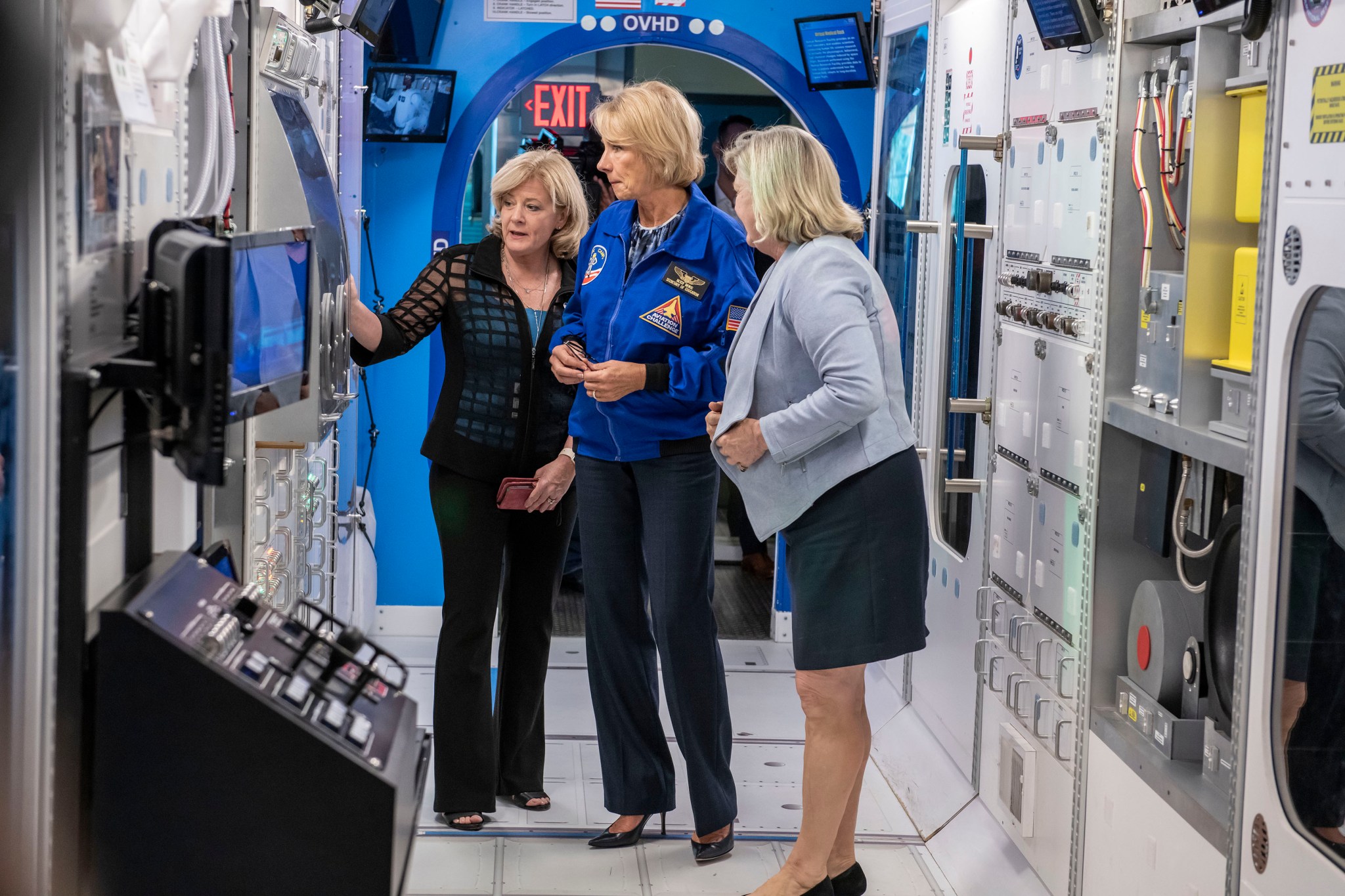
NASA Marshall Space Flight Center Director Jody Singer, left, explains how the Microgravity Science Glovebox functions, during the visit to Huntsville Oct. 3 by U.S. Secretary of Education Betsy DeVos, center. Looking on at the “ISS: Science on Orbit” exhibit, a replica of an International Space Station module at the U.S. Space & Rocket Center, is rocket center CEO Deborah Barnhart, right. DeVos interacted with Space Camp students at the rocket center as part of her “Rethink School” tour. Earlier in the day, DeVos visited the Payload Operations Integration Center at Marshall and listened to a recorded message from NASA astronaut Ricky Arnold about NASA’s Year of Education on Station. (NASA/Fred Deaton)
This Week in NASA History: 50th Anniversary of the Apollo 7 Launch – Oct. 11, 1968
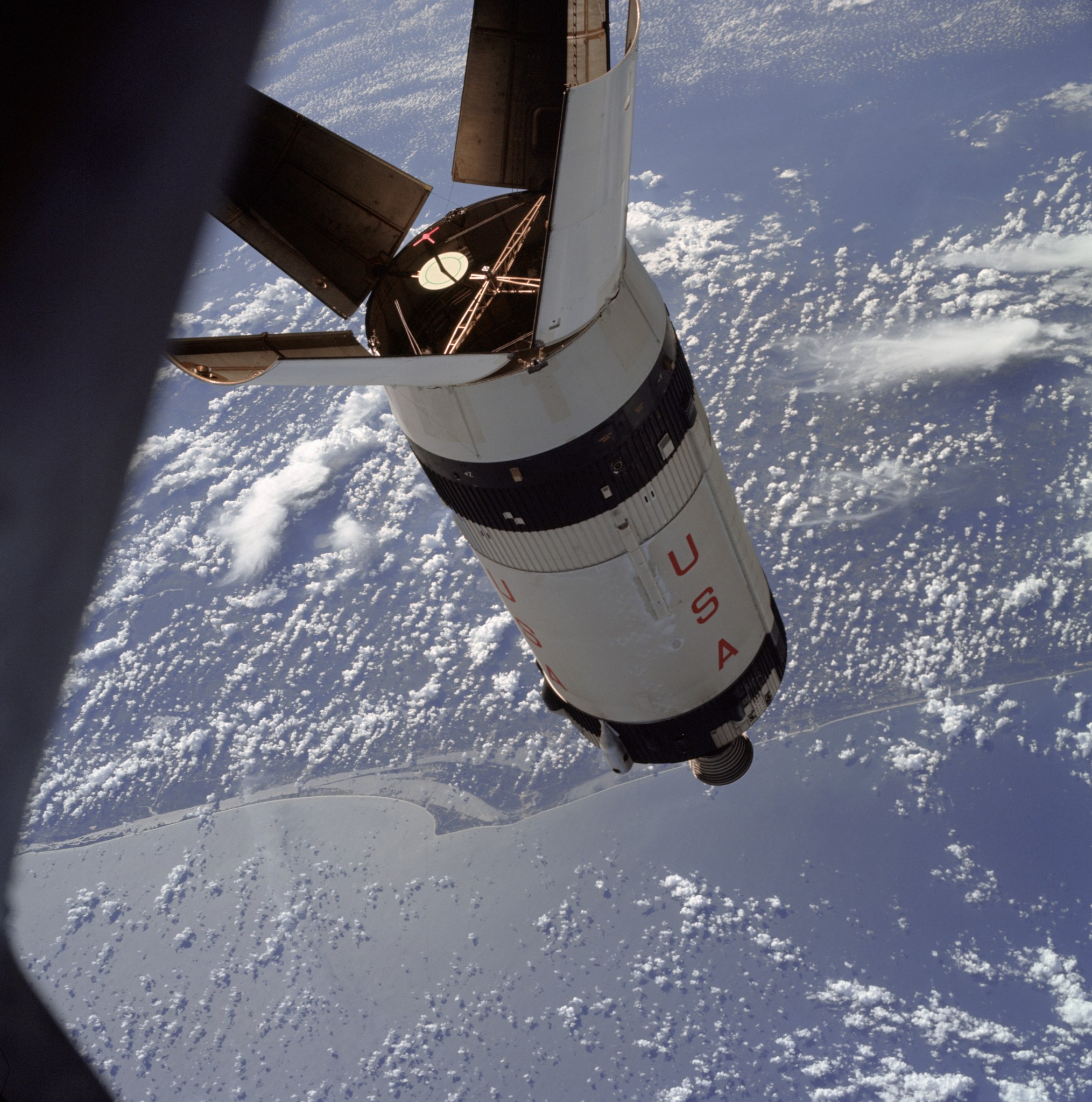
This week in 1968, Apollo 7 lifted off from Launch Complex 34 at NASA’s Kennedy Space Center. In the first crewed mission of the Apollo Program, the primary objective was to measure crew performance in a Command and Service Module, also known as CSM. Another objective was to validate space vehicle and mission support facilities performance during a crewed CSM mission and CSM rendezvous capability. Here, the expended Saturn S-IVB second stage is photographed from the Apollo 7 spacecraft during transportation and docking maneuvers. The Saturn rockets were developed at NASA’s Marshall Space Flight Center. Today, Marshall is developing NASA’s Space Launch System, the most powerful rocket ever built, capable of sending astronauts to the Moon, Mars and deeper into space than ever before. The NASA History Program is responsible for generating, disseminating, and preserving NASA’s remarkable history and providing a comprehensive understanding of the institutional, cultural, social, political, economic, technological and scientific aspects of NASA’s activities in aeronautics and space. For more pictures like this one and to connect to NASA’s history, visit the Marshall History Program’s webpage. (NASA)




